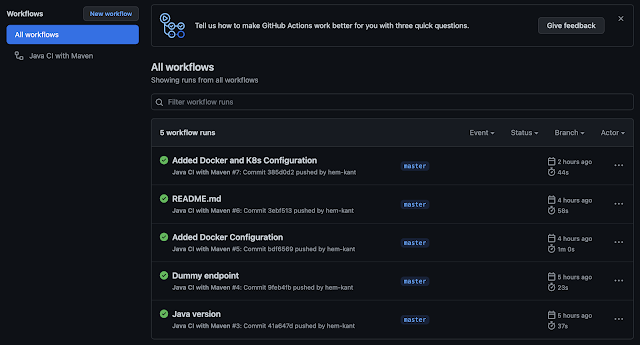Spring Batch is a framework for batch processing in Spring. It provides a set of reusable functions for processing large volumes of data, such as reading and writing data from/to files or databases, and performing complex calculations and transformations on the data.
Spring Batch provides several key features, including:
- Chunk-oriented processing: Spring Batch processes data in small chunks, which allows for efficient memory usage and the ability to process large volumes of data.
- Transactions: Spring Batch supports the use of transactions, which ensures that data is processed consistently and that any errors can be rolled back.
- Job and step abstractions: Spring Batch uses the concepts of jobs and steps to organize the batch processing logic. A job is a high-level abstraction that represents a complete batch process, while a step is a more specific task that is part of a job.
- Retry and skippable exception handling: Spring Batch provides built-in retry and skippable exception handling, which makes it easy to handle errors and recover from failures during batch processing.
- Parallel processing: Spring Batch allows for parallel processing of steps, which can improve the performance of batch processing.
- Job scheduling: Spring Batch provides built-in support for scheduling jobs using either a Cron-like expression or a fixed delay.
- Extensibility: Spring Batch allows for custom code to be added to the framework by providing a set of callbacks and interfaces that can be implemented to perform custom logic.
- Spring Batch is typically used in situations where data needs to be processed in large volumes, where performance is critical, and where the data needs to be processed in a consistent and repeatable manner.
- First, add the Spring Batch and Spring Boot Starter dependencies to your pom.xml file:
- Create a Spring Batch Job configuration class, where you define the steps that make up the job and how they are related:
- Create a Spring Boot main class, where you can run the job using the Spring Batch JobLauncher:
- Data partitioning: Spring Partitioning allows for the data to be divided into smaller, manageable chunks, which can then be processed in parallel.
- Parallel processing: Spring Partitioning allows for the parallel processing of partitions, which can improve the performance of batch processing.
- Scalability: Spring Partitioning allows for batch processing to be scaled out by adding more worker threads or machines.
- Flexibility: Spring Partitioning allows for different partitioning strategies to be used depending on the specific requirements of the data and the batch process.
- Integration with Spring Batch: Spring Partitioning is integrated with Spring Batch and can be used with the Job and Step abstractions provided by Spring Batch.
- First, create a Job and a Step that uses the partitioning feature:






































